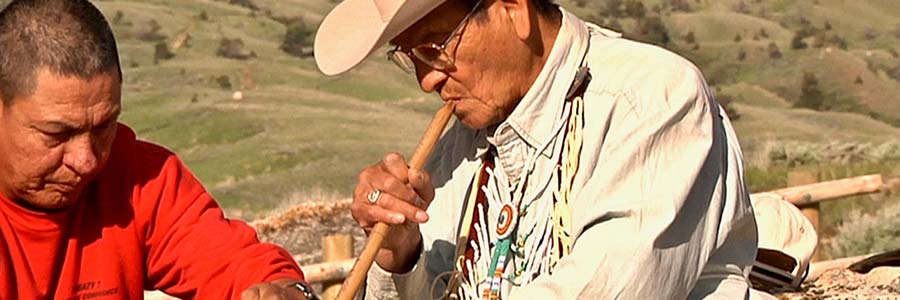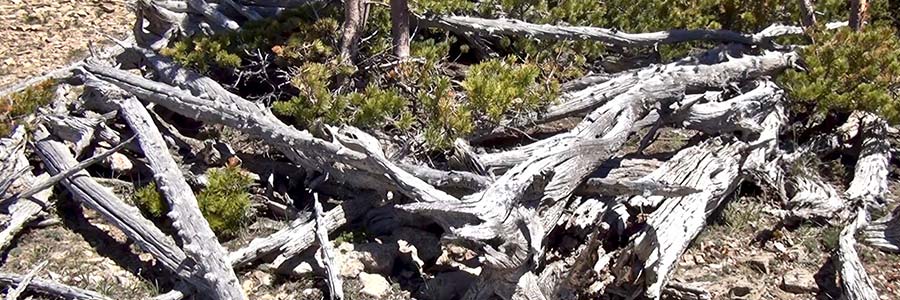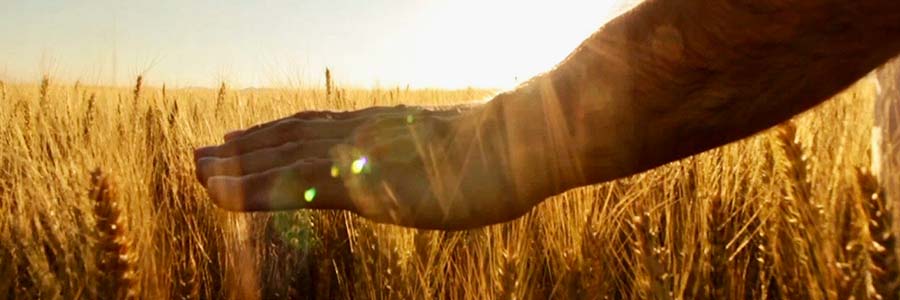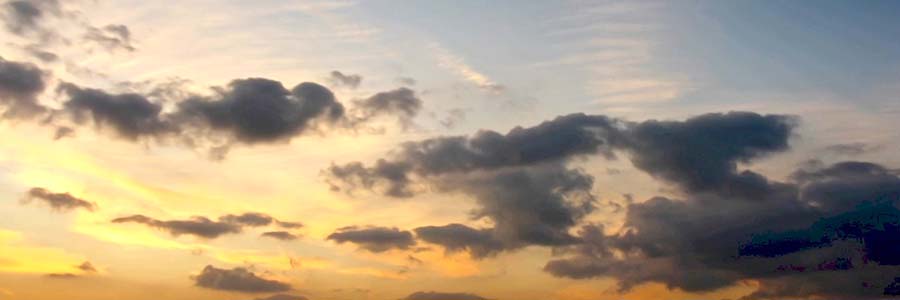
The First People were masters at living off the land and surviving and thriving in nature. The skills they learned and passed down not only defined their way of life but were necessary for their survival.
Following the seasonal offerings of nature, they became experts on native plant use. They knew where to find the best crops, when to harvest and how to prepare and store surplus for the hard days to come. They knew which plants could be used as medicine – and how to prepare them.
Expert hunters, they used every piece of meat an animal presented them. Fresh meat was cut into thin strips and dried into jerky for later use. They made pemmican by mixing dried meat, berries and fat into a trail food that could last for years and provided a protein rich, portable food source.
Developing methods of tanning hides, as well as utilizing natures gifts to manufacture everything from bowls and baskets to bows and arrows were essential for survival. Working with materials from their environment, Native people produced shelters, tools and clothing that were often went beyond durability and quality and became works of art.
By necessity, many of these skills involved the procurement of food sources. Snares, trapping pits, fishing weirs and various other hunting tactics were important to the overall survival of the group and thus highly valued and taught skills.
Shelters
Shelters reflected the life ways of their group. More nomadic groups need shelters that were portable – like the Plains Indians’ teepees – or easily constructed from found materials – like the Sheep eater wickiups. More agrarian cultures constructed more permanent structures, often in a village setting – like the Puebloan peoples of the South West.
Hunting
Hunting was so important to native cultures, that bands were often named after their primary food source. The Buffalo eaters, or Sheep Eaters, or Salmon Eaters are but a few of the more common examples. These bands were experts in whatever form of capture or killing was necessary to provide their people with a reliable source of protein.
Clothing
Clothing also reflected the environment of the people clothed. Buffalo hides were used extensively by the Plains Indians. The Sheep Eaters were known for the supple leather of the Big Horn Sheep hide, as well as the durable moccasins made from those same hides. Desert dwellers had dresses made from jack rabbit hides as well as from the bark of sagebrush.
Domestic Skills
Reflecting the materials they had to work with, cooking pots could be carved from soft soapstone or woven from willow branches. The bones of buffalo, deer & mountain sheep became spoons and ladles. Porcupine quills served as sewing needles. Through the generations native peoples discovered how to utilize their environment to provide all their needs and developed the life skills to survive.
Ceremonies
In a call and response across time, these traditions weave the fabric of native life. Passed down through the generations this tradition documents tribal history, rituals and legends. Ceremonies are often accompanied with music, song & dance – providing a ritual interconnectedness between tribal members and their environment.





